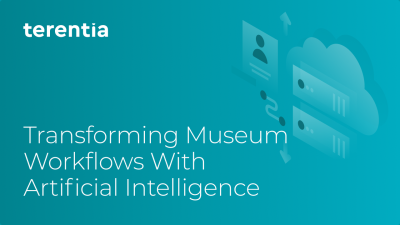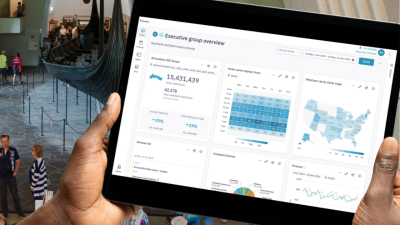Futurist William Gibson observed “the future is already here, it’s just not very evenly distributed.” In CFM’s report “Tomorrow in theGolden State” we looked to California for glimpses of the unevenly distributed future of demographic change and other trends. A story I shared in Dispatches from the Future of Museums last week drove home to me that Hawaii is a good place to look for the present future when it comes to social enterprise, charitable giving and impact investing. (A theme much on my mind, and prominently featured in TrendsWatch 2014.)
I have already been impressed with the strong grassroots approach in Hawaii to sustainability, social justice and community action. See, for example, the nonprofit Kanu Hawaii, which uses a game-like social platform to encourage people to make commitments to “sustainable island living.” Or the social-activist Pinky Show, which is Hawaiian-born and bred. (And if you haven’t watched the Pinky Show’s animated “We Love Museums…Do Museums Love Us Back?,” you should. Right now. Really.)
Last week’s article made my Hawaii file explode. It summarizes the work of the Ulupono Initiative, founded by Pierre and Pam Omidyar. Ulupono, described as “half private-equity firm, half philanthropic foundation,” promotes local food production, renewable energy and reduction of solid waste (so, like Kanu Hawaii, it is working towards “sustainable island living”). It does this through investing in for-profit enterprises and giving grants and loans to nonprofit social organizations whose work advances any of these three causes. Both the business and charitable investments are designed to create sustainable businesses: the for-profits when they begin to pay off, the nonprofits when they create their own earned income streams or when they find long-term funders.
I love two things about this article:
- The insight into how Pierre Omidyar distinguishes the roles of charitable giving (filling immediate needs), philanthropic giving (solving long term problems) and impact investing (which–surprise!–he sees as having the same goals as philanthropy.)
- The numerous cases it provides of non-profit social enterprises with notes on their models for sustainability. SchoolGardens, for example, which Omidyar expects to be adopted by Hawaii’s Department of Education, becoming simply “the way we teach our kids.” Or ReUseHawaii, which deconstructs homes and resells the salvaged materials to prevent it from going to the landfill. If you’ve ever browsed one of the reclaimed materials shops popping up around the nation, you’ll understand the article’s conclusion that “it’s easy to envision a time when ReUse Hawaii will be completely self-funding.”
Which leads to my musing, which isn’t so much a new thought as a reinforcement of the thinking I shared in TrendsWatch 2014’s section on “For Profit for Good.” At the present, all too often nonprofits think their distinguishing features are both their dedication to mission and their inability to make money. (I’ve even had museum professionals tell me, on more than one occasion, “but we are nonprofit—we are not allowed to make money!”) Funders like Ulupono and the for- and nonprofit enterprises it supports are going to shift the focus to both mission and sustainability. In that future, what will determine whether an organization like ReUse Hawaii qualifies as a nonprofit, as opposed to a for profit business? Good question. In the next decade or so, I think we are going to have to work that out.
Skip over related stories to continue reading article









Comments